Long Story Short: the History of Women’s Makeup
For thousands of years, makeup has been considered to be the most representative activity of "femininity". Even if "the makeup is distasteful", it is inevitable to dress up. From the display of social status, and the necessity of ceremonial occasions, to attracting males, in modern times, it has become a symbol of women's generous display of personal charm and flaunting their own style. In each era, makeup has released the "feminine power" hidden in women in different ways.
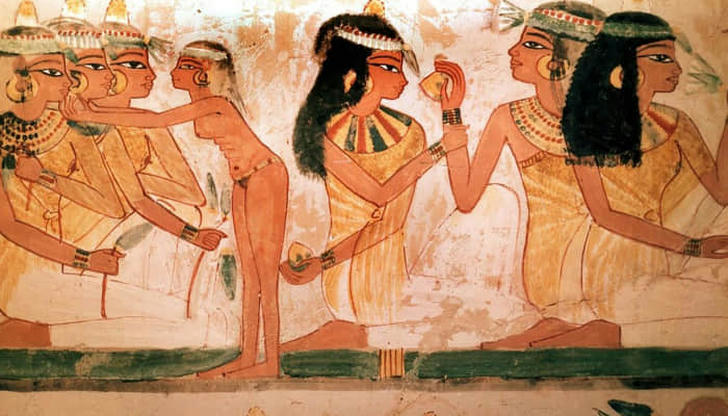
Ancient Egyptian
Makeup has been a routine since ancient Egyptian times. The statue of Queen Nefertiti of the 18th Dynasty of ancient Egypt has a history of more than 3,000 years. The ancient Egyptian sculptors not only portrayed her beautiful facial features and noble temperament in detail, but also meticulously "full eyeliner" and a pair of delicate red lips are obviously carefully decorated, and their style does not seem to be out of date to this day.
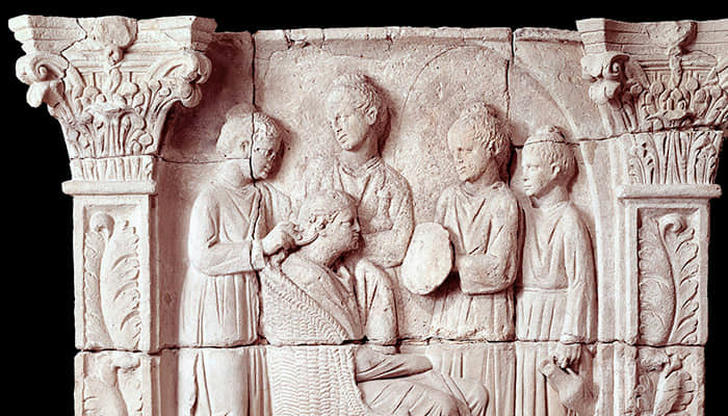
Ancient Rome
In ancient Rome, makeup began to become more of a symbol of social status. Ancient Rome was characterized by grandeur and brightness. Many ancient Roman emperors deliberately dyed their hair blonde to be closer to the legendary gods. Women, on the other hand, already have many cosmetics with different functions, including hair dye, nail polish, eye shadow, and lipstick color - in short, the higher the social status, the richer the types of cosmetics, which are clear at a glance.
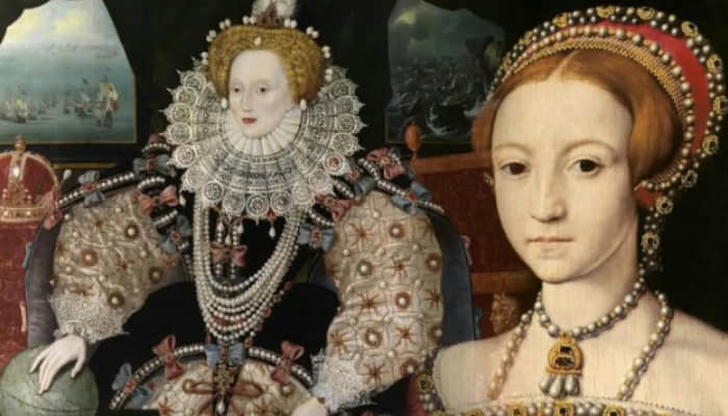
Renaissance
During the Renaissance, the increased influence of aristocratic women in court social life and even in the political field made them pay more attention to their appearance. The outstanding female politician Caterina da Forli (Caterina da Forli), lost her freedom in her later years and was unable to see her relatives. In the loneliness, she devoted all her energy to writing and wrote down as many as 454 secret recipes that she has used for many years in skin care, hair dyeing, and making rouge and lipstick and other beauty or health products.
At the same time, with the substantial increase in life expectancy, noble ladies began to devote more efforts to discovering ways to maintain youth forever and even began to extend into more dangerous fields - such as using substances mixed with lead powder to whiten the skin and cover up the traces of time. Queen Elizabeth I of England (1533-1603) was undoubtedly the most important promoter of the popularity of lead white powder. She used white lead powder to create what later became known as a "youth mask" to maintain a sense of mystery and awe among her subjects. Later researchers believed that long-term exposure to poisons may be one of the causes of the queen's death.
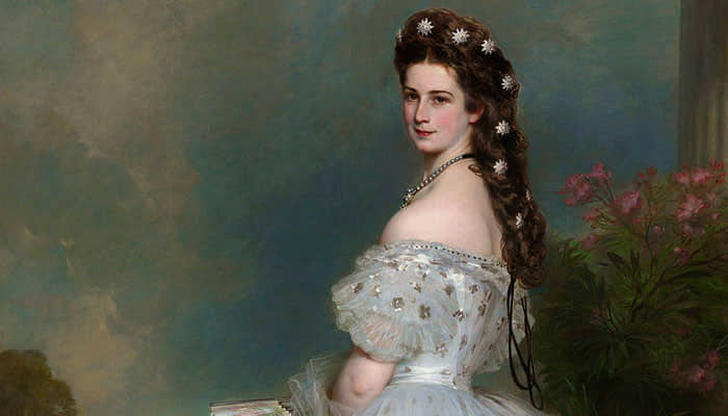
19th century
After entering the 19th century, human society ushered in an unprecedented new era with the coming of industrialization. With the improvement of women's status in economic life and the enhancement of their consumption power, society as a whole has paid unprecedented attention to women's appearance, and the standards of female beauty have become increasingly "refined", giving rise to various beauty products.
A waterfall of hair has been a symbol of beauty since the 19th century. Empress Elisabeth of the Austro-Hungarian Empire, also known as Princess Sissi, is enviable for her long, thick, and curly hair. But maintenance is obviously time-consuming and labor-intensive, the hair must be carefully combed, cleaned, and cared for by dedicated personnel every day.
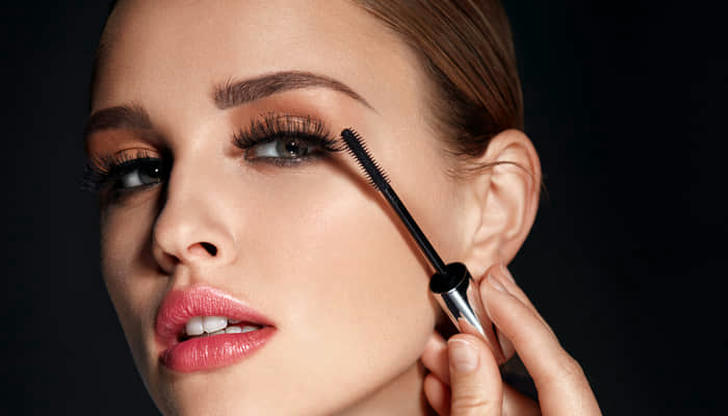
20th century
By the early 20th century, hair products claiming to make hair thicker, softer, or voluminous were aplenty, and advice on which combs to use, in what order, and how to use them was well established.
The shape of the lips is as important as the color, especially the shape of the upper lip - it must have a small shape while the wave shape must be very obvious: when the upper and lower lips are closed, it is like a fully drawn small bow, hence the nickname “Cupid's Bow”.
The pursuit of a fair complexion and rosy cheeks has never declined. However, represented by Mucha, the pursuit of natural elegance in the Art Nouveau era gradually replaced the sickly and lovable beauty that was once popular in the Victorian era with women who were more agile and full of vitality.
Cosmetic powders that make the skin fairer and smoother have become the most popular type of beauty products during this period, including white foundations and pink or red foundations as rouge. Of course, by the 20th century, thanks to the rapid advances in chemistry and improvements in production technology, beauty products no longer used dangerous poisons such as lead, but instead used natural starches and whitening pigments that are harmless to the human body. So women don’t have to risk their health to persist in their pursuit of beauty.
Today, makeup no longer has to be a label for women. But for thousands of years, women have gained a desire to explore themselves, an ability to appreciate themselves, a motivation to create, and a will to control their own destiny in the process of applying makeup.
